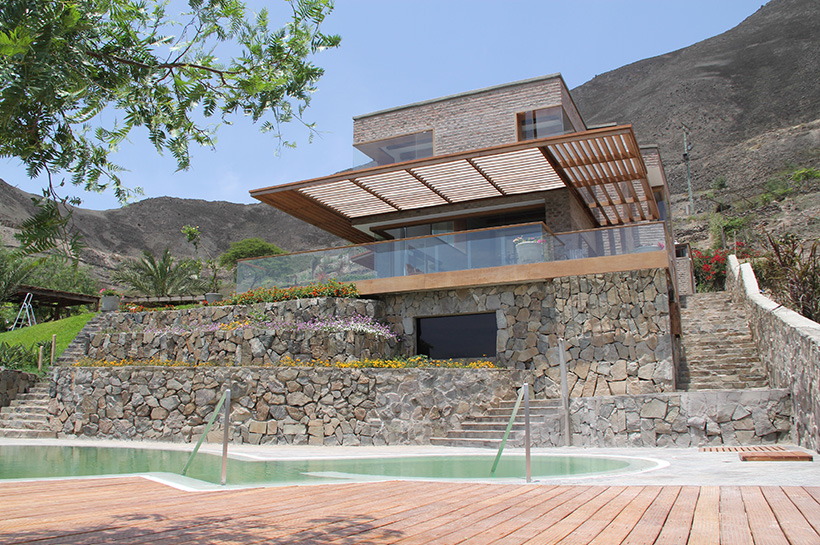Month: September 2023
DOMUS
DEZEEN
Public spaces and the logic of emptiness

Una persona coge un mortero de piedra y madera
Tools
“Vengono analizzati oggetti d’uso semplici, processi di transformazione autogestiti (come l’agricoltura e l’artigianato) e le culture materiali extraurbane, come campi d’indagine. Il metodo antropologico viene usat come strumento di analisi e d’interpretazione. La sperimentazione diretta (il fare come pensare), la manualità, l’uso ed il comportamento vengono usati come strumenti di riappropriazone personale e dell’ambiente.”
Superestudio, 1978
Utensils are simple use tools that accompany our daily life. They define our daily acts, habits and behaviors. Using them, we appropriate our environment and ourselves. To inhabit a territory is to also repeat a series of actions in the everyday.
Moreover, utensils designed in stone connect us to past rituals, to the artisanal traditions and processes of Peru and the transformation of vegetable and mineral organisms through bodily energy. Activities like carving a stone or pressing seeds connect us with nature. These utensils were traditionally a part of everyday life in the Andean and Amazonian worlds, in preparing their meals, medicine, dyes and the hallucinogens employed in their rituals.
The body is a fundamental part of this ritual. Unlike electronic utensils, these mortars, batans and squeezers require that we respect the time it takes for our body to conduct the preparation in union with the objects.
As we use the utensils, we merge with the natural processes of plants and stone. Upon ingesting food prepared with these objects, we absorb the sun, water and earth’s minerals’ energy, and reclaim the slow ritual of nourishment.
The mortars, batans and squeezers are made of granite, a rock whose hardness allows to softly extract the vegetable essences from plants without destroying their color, flavor and internal structure. The density of the rock prevents artifacts from absorbing the scents of food, making a quick wash enough to work through different herbs, seeds, fruits and so on.
The utensils are contemporary pieces created through the study of artisanal traditions and techniques and employing local materials.
Text translation
Nicolás del Castillo
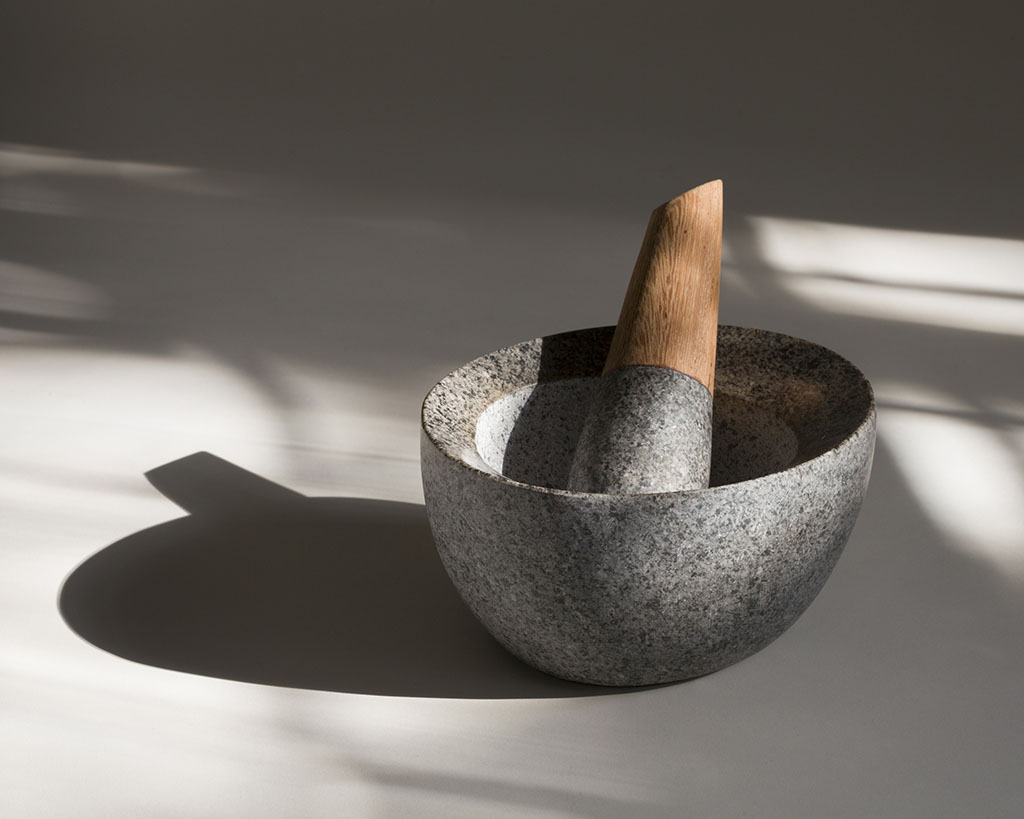
Mortero de granito de Huaycán y madera amazónica. Handcrafted mortar made with granite from Huaycán and amazon wood.
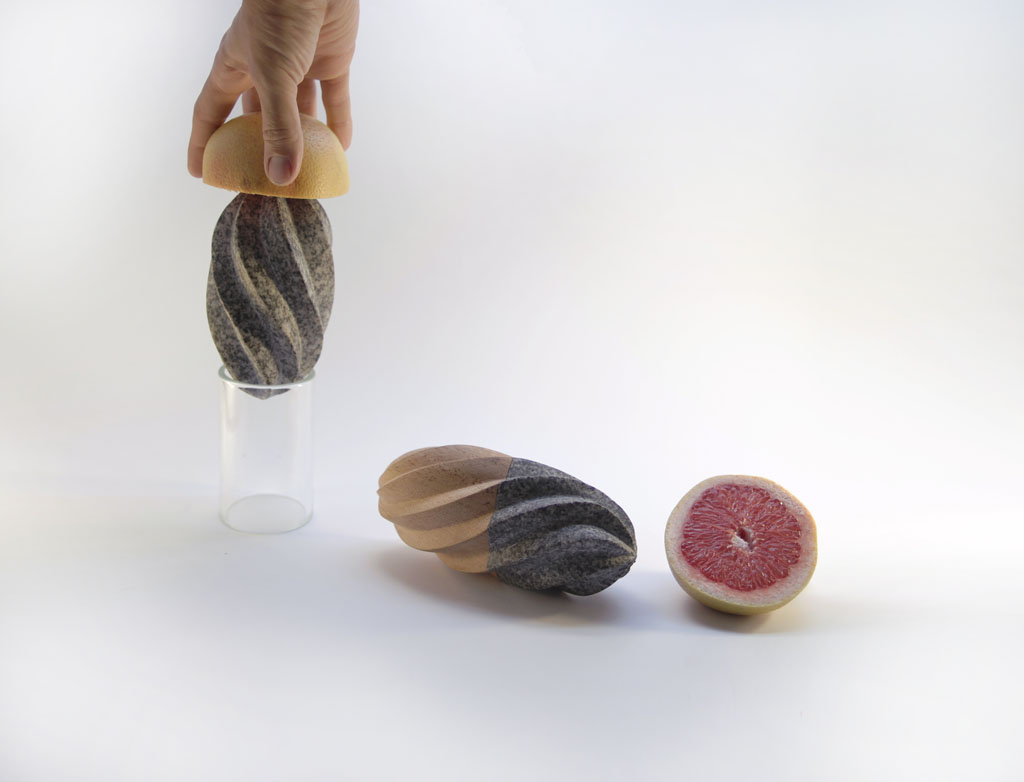
Exprimidores de granito de Huaycán y madera amazónica. Handcrafted squeezers with granite from Huaycán and amazon wood.
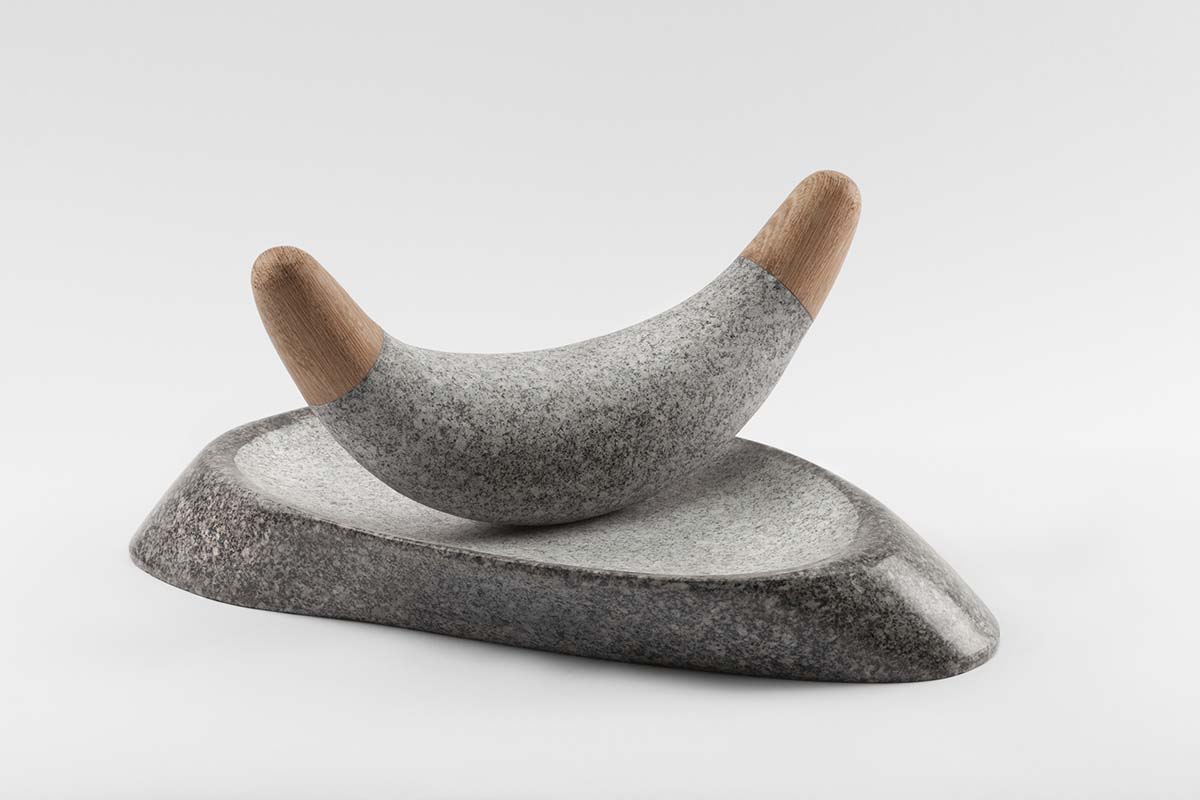
Batán de granito de Huaycán y madera amazónica. Handcrafted batan made with granite from Huaycán and amazon wood.



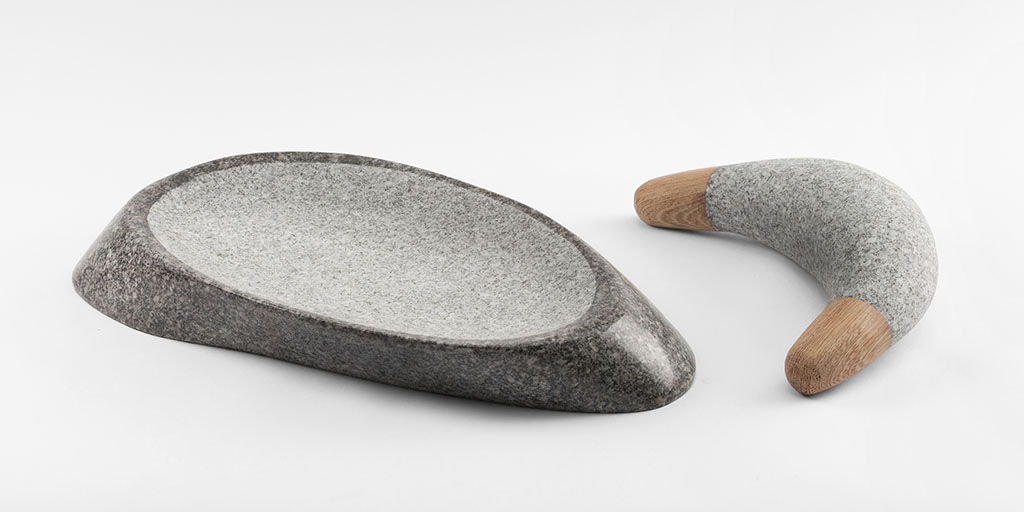
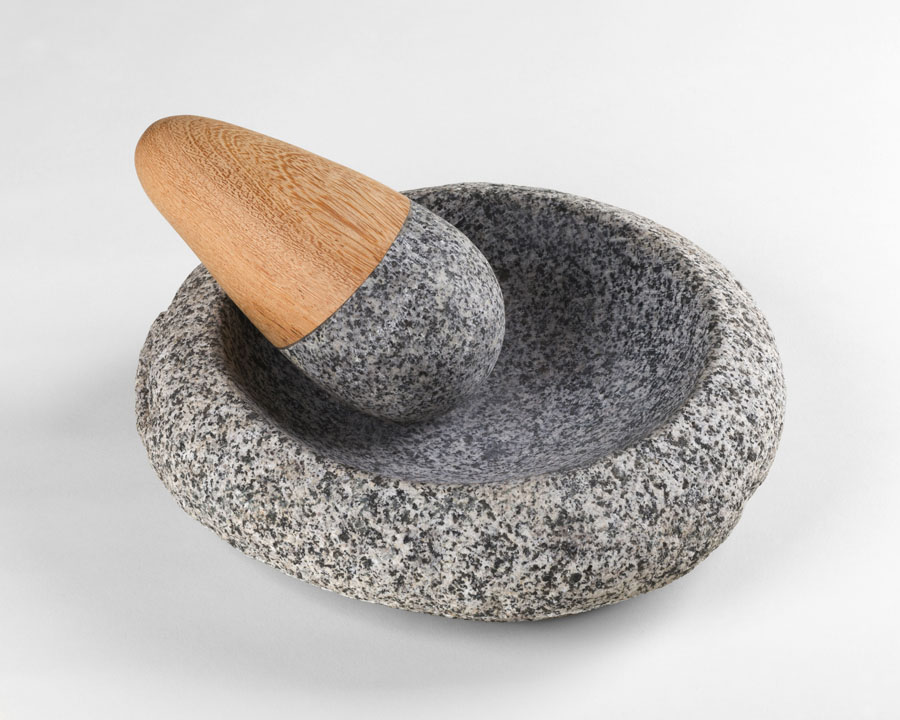
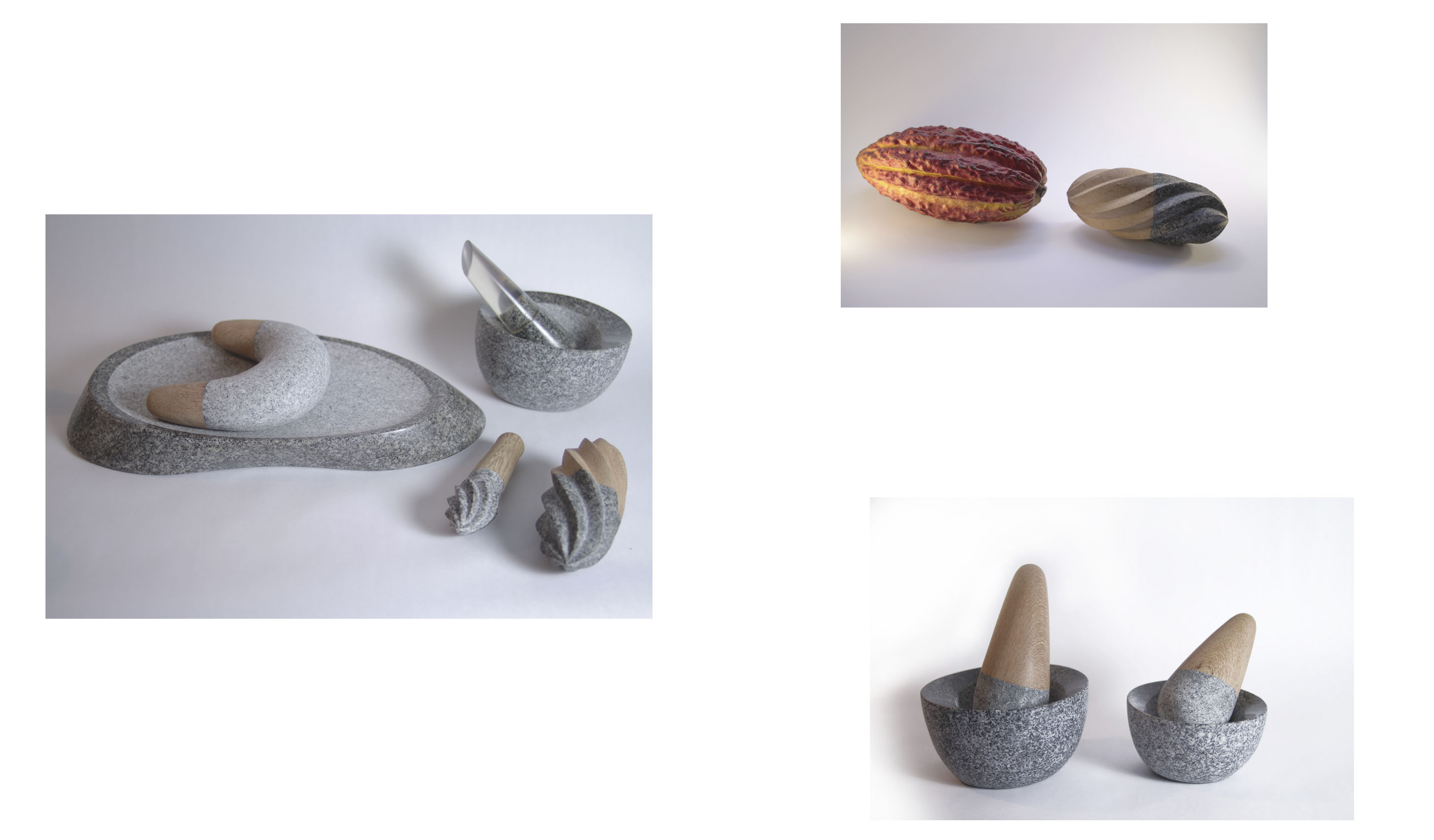
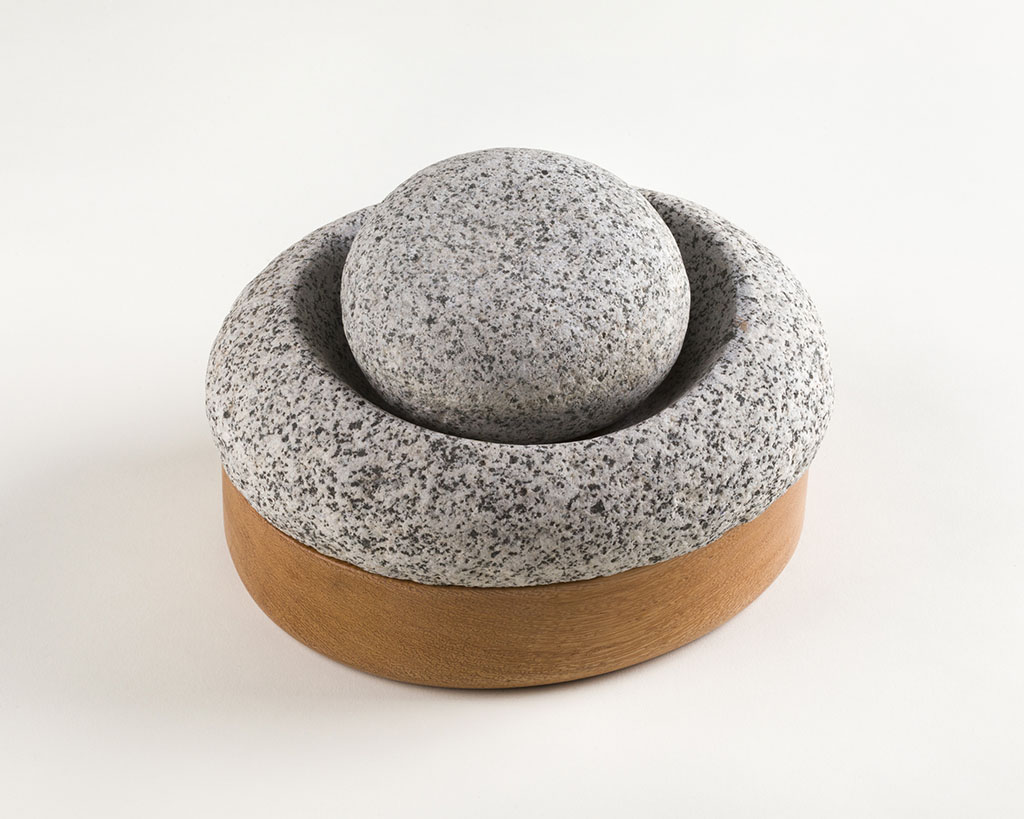
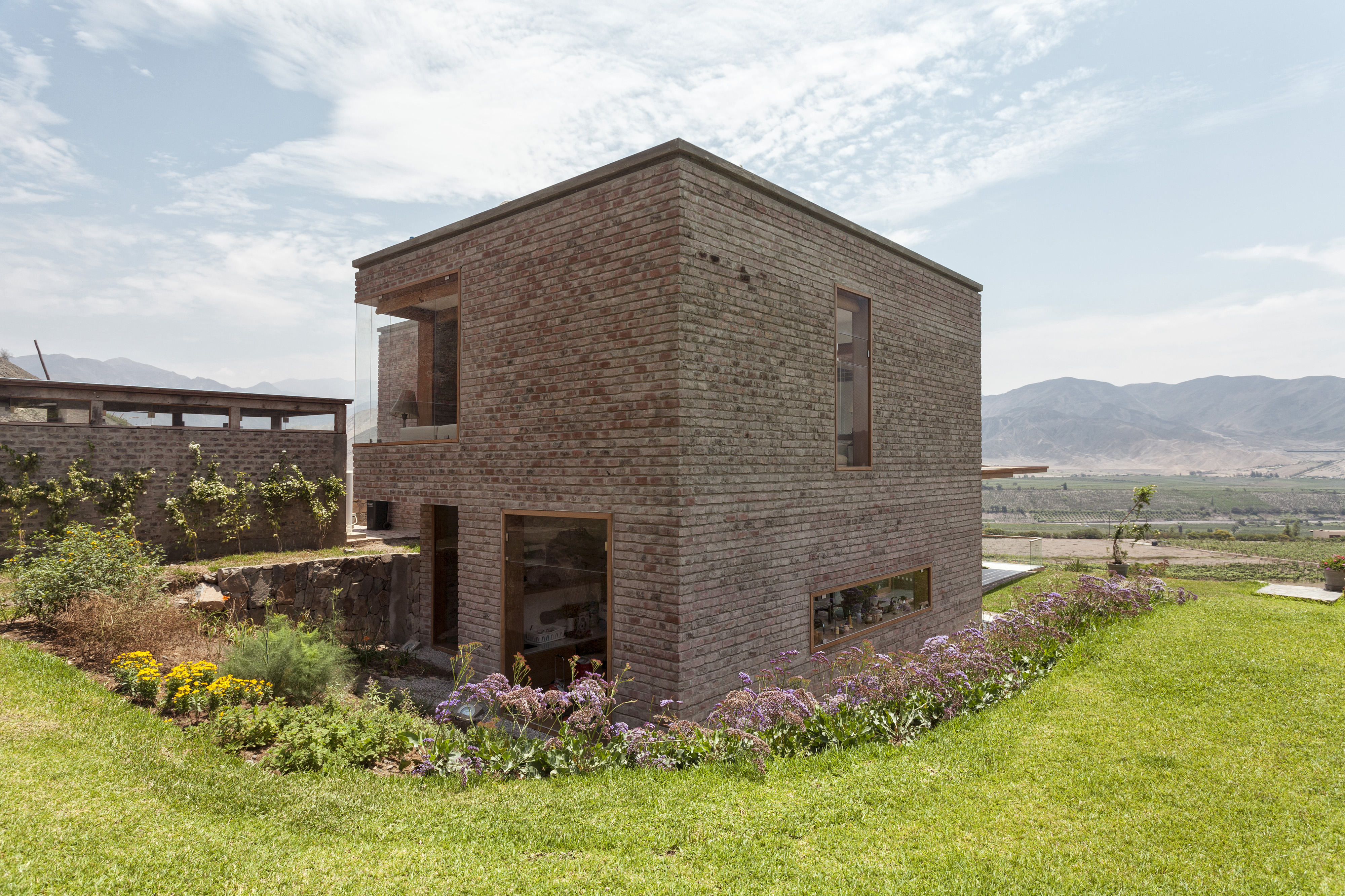
Casa de campo en Azpitia diseñada por Rafael Freyre
House in Azpitia
The house is located in Azpitia valley, in the coast of Lima, Peru.
Approximately 90 Km south of the city of Lima and 20 km away from the seashore. A place known by the local vineyards and its pre-columbian ruins; a kind of natural oasis for people escaping from the big metropolis of Lima.
The landscape is characterized by the dryness of the desert that contrasts with green areas along the course of the river Mala from the mountains towards the Pacific Ocean. A valley consisting of small mountains and picks rising up from the desert on both sides of the river, changing colors from beige to light brown, to reddish, anthracite and soft grey.The house sits on a slope, at the foot of the mountain with a view to the path of the river Mala towards the sea, facing the vineyards.
The project was intended to integrate the house with such dry landscape and to develop a geometry and a palette of textures and colors according to this environment. Furthermore, the project should be seen as a new layer on the landscape above the old existing ones: the pre-columbian sites and textiles and ceramics remains. An image of different time layers all together.
For such purpose we decided to use different materials layers, specially working with local handcrafted materials and techniques, merged with other industrial ones.
Twenty kilometers away from Azpitia, at the Chilca shore, we still found traditional local handcrafted brick ovens. The bricks, made of clay and sand have thermal properties, an irregular texture and particular colors that relate to this dry landscape.
The foundation of the house is composed of platforms -made from local stone- covered with xerophyte plants hiding the internal program of the Sauna.
Above the stone layer is located the terraces: an extension of the social area -kitchen, dining room and living room- covered with a wood roof that protects form sun radiation. The roof is a kind of textile grid that allows light entrance. The grid is composed from a wood pattern developed according to the sun path, avoiding direct radiation. The roof, as an architectural elementary, creates a transitional space -shadow, semi-shade and open areas- projecting the interior life towards the outdoor space. All the first level of the house, comprising the social areas, is an open space surrounded by gardens and views. The second level contains the private areas: the main and secondary room, both framing special views of the valley.
LOCATION VALLE DE MALA – LIMA
MATERIAL LADRILLO ARTESANAL
AREA 170 M2
YEAR 2014
STATUS DESIGNED AND BUILT
ARCHITECTURE
ESTUDIO RAFAEL FREYRE
GENERAL ASSISTANCE
ARQ. JUAN JOSE BARBOZA
CIVIL WORK
INGEGRAMA
WOODWORK
LUIS MUCHA
METAL STRUCTURES
LEONARDO VALDERRAMA
GLASSWORK
LUIS BACON
LANDSCAPING ADVICE
MANUEL MENDIETA
PHOTOGRAPHY
EDUARDO HIROSE
PHOTOGRAPHY ASSISTANCE
MARÍ RETAMOZO
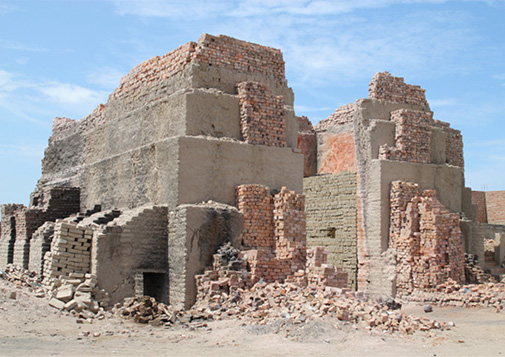
Casa de Azpitia en construcción

Work in progress. Boceto de Casa en Azpitia. Azpitia house sketch.

El concepto arquitectónico buscó integrar la casa con el valle de Azpitia. The architectural concept seek to integrate the house with Azpitia valley.
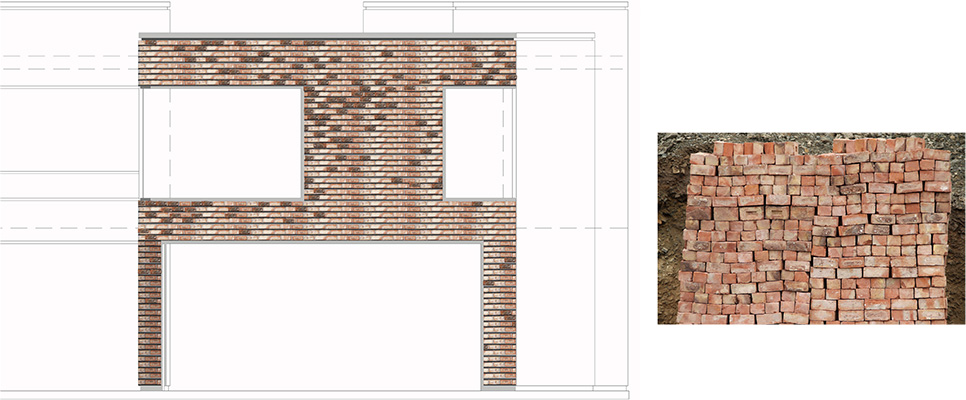
Los ladrillos de arcilla y arena tienen propiedades térmicas, una textura irregular y colores particulares que se relacionan con el paisaje seco donde está ubicada la casa.The bricks, made of clay and sand have thermal properties, an irregular texture and particular colors that relate to the house dry landscape.
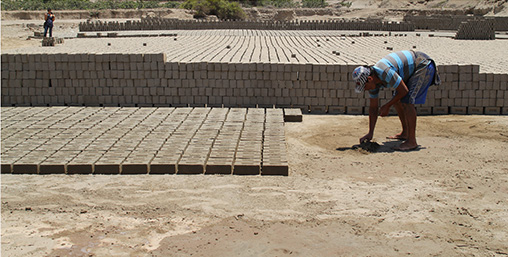
Los ladrillos de la casa fueron fabricados en hornos por artesanos que trabajan en talleres cerca a la zona. The house's bricks were manufactured in kilns by artisans who work in workshops near the area.
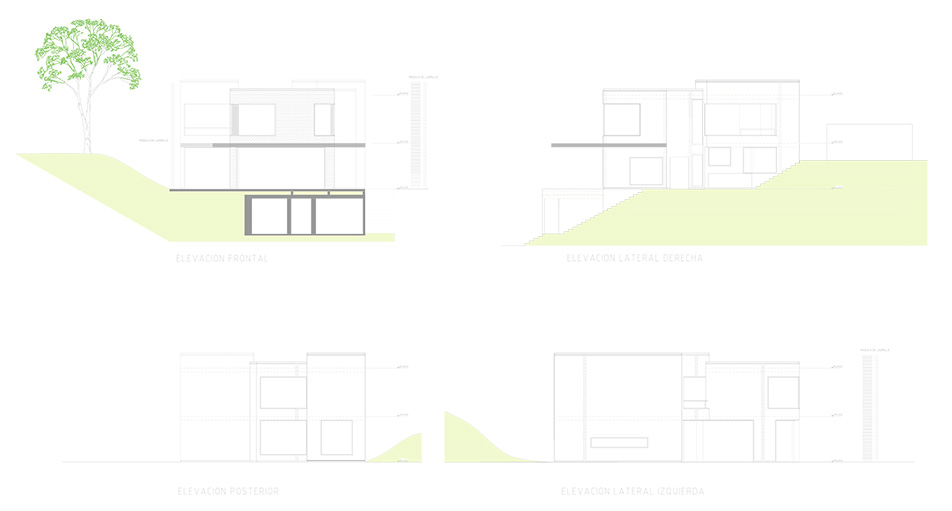
Arquitectura y paisajismo. Planos de Casa en Azpitia. Architecture and landscaping. Azpitia house building design.
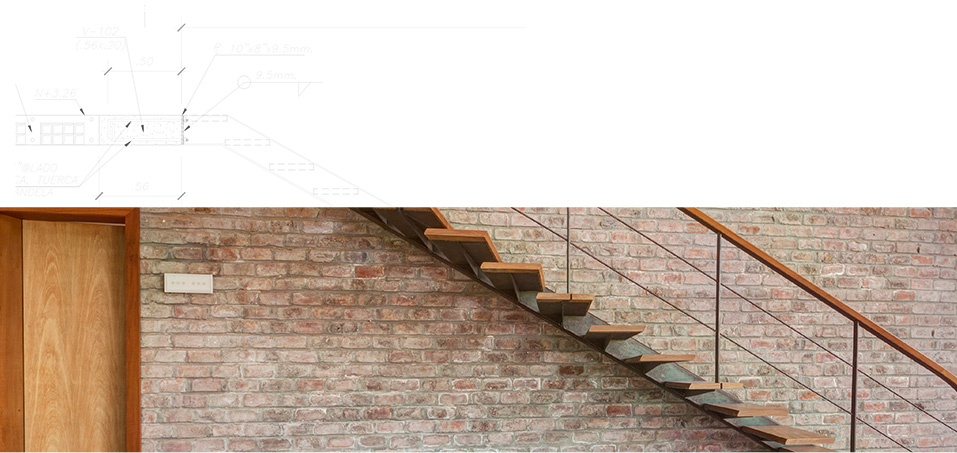
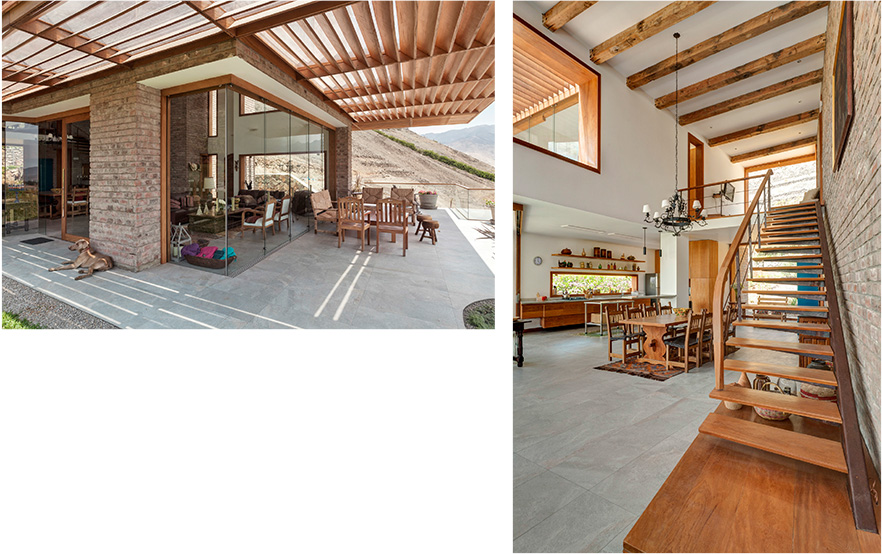
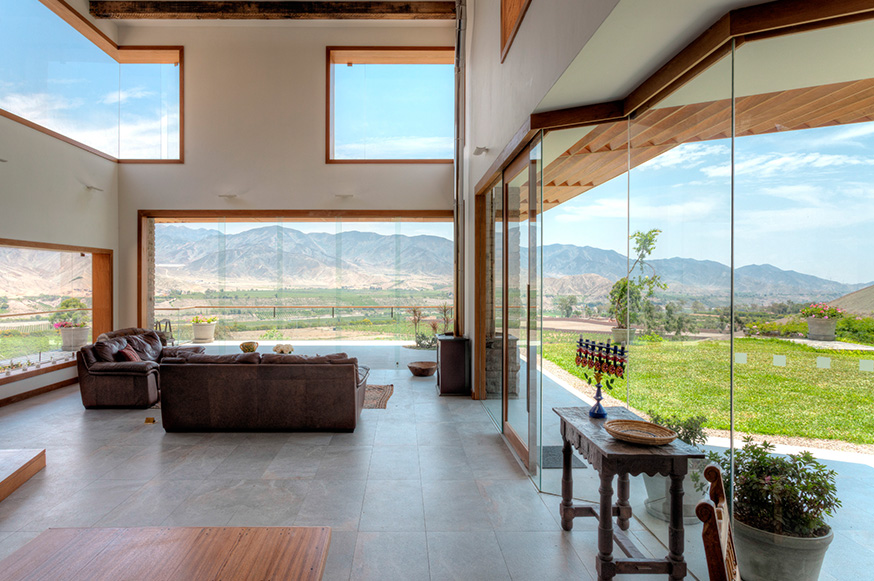
El concepto arquitectónico de la casa busca fundir los espacios interiores y exteriores. The architectural concept of the house seeks to merge interior and exterior spaces.

Cocina con vista al valle de Azpitia. Kitchen facing Azpitia valley view.
